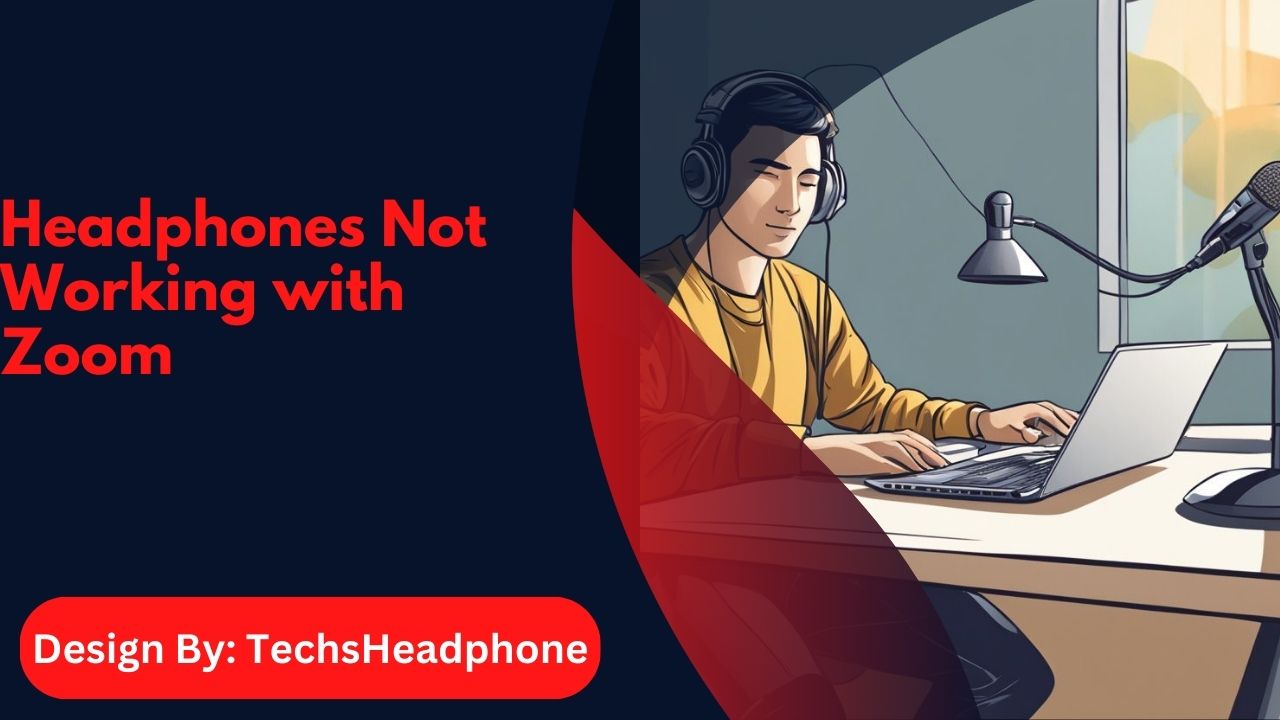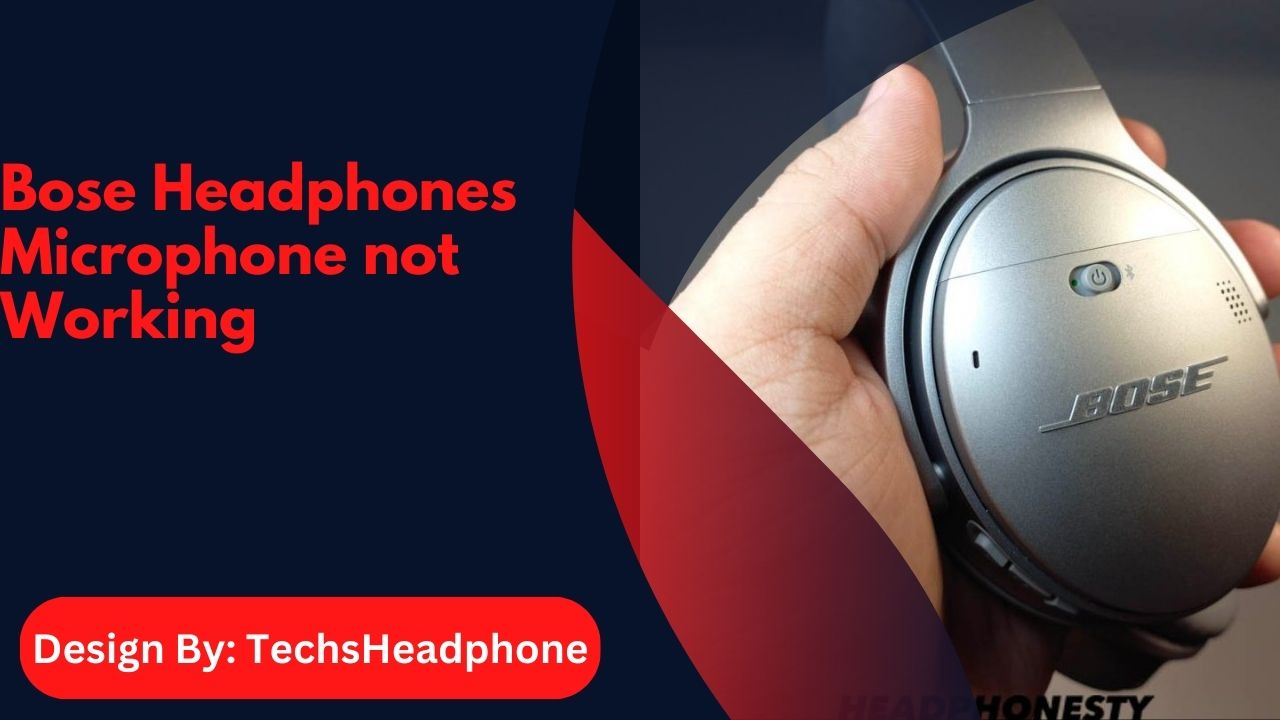Wearing glasses and headphones together can cause discomfort due to pressure on the temples and ears, but choosing the right frames and headphones, along with taking regular breaks, can alleviate these issues.
Wearing glasses and headphones at the same time is a scenario many people face daily. Whether you’re an avid music lover, a gamer, or someone who uses headphones for work, layering these two accessories can lead to some unique challenges. But does this combination spell trouble? The answer is not as simple as yes or no. This article dives deep into the issues, provides practical solutions, and explores ways to make this pairing more comfortable and efficient.
Potential Issues When Wearing Glasses and Headphones:

One of the most common problems people encounter is discomfort. This discomfort arises because over-ear or on-ear headphones often press against the arms of your glasses. The pressure on your temples or behind your ears can initially feel mild but can lead to soreness over time, especially during long listening or gaming sessions. For example, many gamers report temple pain after hours of wearing headphones and glasses together.
Durability also comes into question. The repeated pressure of headphones can stress the arms of your glasses, making them prone to bending or warping. If your headphones have a particularly tight clamping force, this wear and tear on your glasses may occur at a quicker pace, potentially leading to breakage. This is especially true for plastic frames, which may be less resistant to pressure.
Another issue, often overlooked, is the fit of the glasses themselves. Glasses that are already loosely fitted may struggle to stay in place when paired with headphones. This continuous slipping can become frustrating and interfere with your overall experience.
Impact on Audio Quality:
Have you noticed a difference in audio quality when wearing glasses with headphones? This phenomenon occurs because glasses, particularly thicker ones, can affect the seal that over-ear headphones create. The seal is vital for maintaining immersive sound quality, especially for bass frequencies. For instance, headphones designed for noise-cancellation rely heavily on this seal to block out external sounds. The arms of your glasses can create small gaps, compromising this effect.
Additionally, the material and structure of your glasses play a role. Metal frames, for instance, might press deeper into the ear pads, whereas lightweight plastic frames may cause less interference. The difference may seem minor, but for audiophiles or gamers, even slight disruptions in sound quality can feel significant.
Tips for Achieving Comfort:
The good news is that there are several ways to improve your comfort. Start by examining your glasses. Lightweight frames with thin arms tend to press less against your head when wearing headphones. A thinner frame design minimizes the contact area between the glasses and headphones, reducing pressure.
Choosing the right headphones is another game-changer. Look for options with adjustable headbands and exceptionally soft ear pads. For instance, memory foam ear pads conform to the shape of your glasses, cushioning the pressure points. Over-ear headphones are typically more forgiving than on-ear models because they distribute pressure across a larger area.
Additionally, consider experimenting with different wearing positions. Some users find that slightly tilting their headphones or wearing them at an angle reduces pressure on their glasses. Before you find the perfect combination, it might take a bit of trial and error, so don’t hesitate to make adjustments.
Solutions for Prolonged Use:
If you’re someone who spends hours with both glasses and headphones on—be it for work, gaming, or listening to a podcast—prolonged use can amplify discomfort. One great strategy is taking regular breaks. Every hour or so, remove your headphones to allow your ears and temples to rest. During these breaks, massage the areas around your ears and temples to reduce tension and stimulate blood flow.
You can also adjust your setup. Start by examining how your headphones fit. If you can, loosen the band slightly to relieve pressure on your glasses. Tight headphones might feel secure, but for extended periods, the added strain isn’t worth it. Alternatively, you can invest in custom headphone cushions designed with glasses wearers in mind. These cushions have carved-out regions or enhanced padding in areas most likely to press against glasses arms. If you notice your glasses slipping with headphones on, consider eyeglass retainers or non-slip pads. These accessories keep your frames securely in place without affecting your headphones.
Best Headphones for Glasses Wearers:
Selecting headphones that accommodate glasses wearers can make a world of difference. Many brands now consider glasses in their designs. For instance, headphones with memory foam ear pads and a looser clamping force are ideal. Models like Bose QuietComfort or Sony WH-1000XM series offer a blend of great sound quality and thoughtful design for maximum comfort.
Some brands even market headphones specifically for glasses wearers, focusing on solutions for comfort and sound performance issues. Flexible or self-adjusting headbands are key features in such models, allowing the headphones to conform to your head rather than pressing rigidly against it.
When Should You Consider Alternatives:

Despite all the solutions mentioned, some combinations of glasses and headphones may simply not work well together. If you find yourself dealing with constant discomfort or if audio quality suffers too much, it may be worth exploring alternatives. Earbuds are a compact and comfortable choice as they bypass the entire ear area. True wireless earbuds, such as AirPods or Jabra Elite models, offer excellent sound quality without interfering with glasses.
Another innovative option is bone conduction headphones. These rest on your cheekbones and send sound vibrations directly to your inner ear, completely avoiding the temples and ears. While they may not deliver the same bass-heavy performance as traditional headphones, they’re a practical choice for glasses wearers seeking long-term comfort.
FAQ’s:
1. Can wearing glasses with headphones damage my glasses?
Yes, the pressure from headphones can potentially bend or warp the frames over time, especially if they are tightly fitted.
2. Do glasses affect headphone sound quality?
Glasses can interfere with the seal of over-ear headphones, potentially affecting sound quality, particularly bass and noise cancellation.
3. What type of headphones are best for glasses wearers?
Headphones with memory foam ear pads and flexible headbands are ideal as they reduce pressure on the glasses.
4. Are there alternatives to traditional headphones for glasses wearers?
Yes, earbuds and bone conduction headphones are great alternatives as they avoid pressure on the temples and ears.
5. How can I reduce discomfort when wearing glasses and headphones?
Opt for lightweight glasses, use headphones with soft ear pads, and take regular breaks to relieve pressure.
Conclusion:
Pairing glasses with headphones doesn’t have to be a source of frustration. While challenges like discomfort, durability, and sound quality interference are valid concerns, there are plenty of ways to address them. From choosing lightweight glasses and memory foam headphones to taking regular breaks and exploring alternative designs, finding a comfortable and effective solution is achievable.



